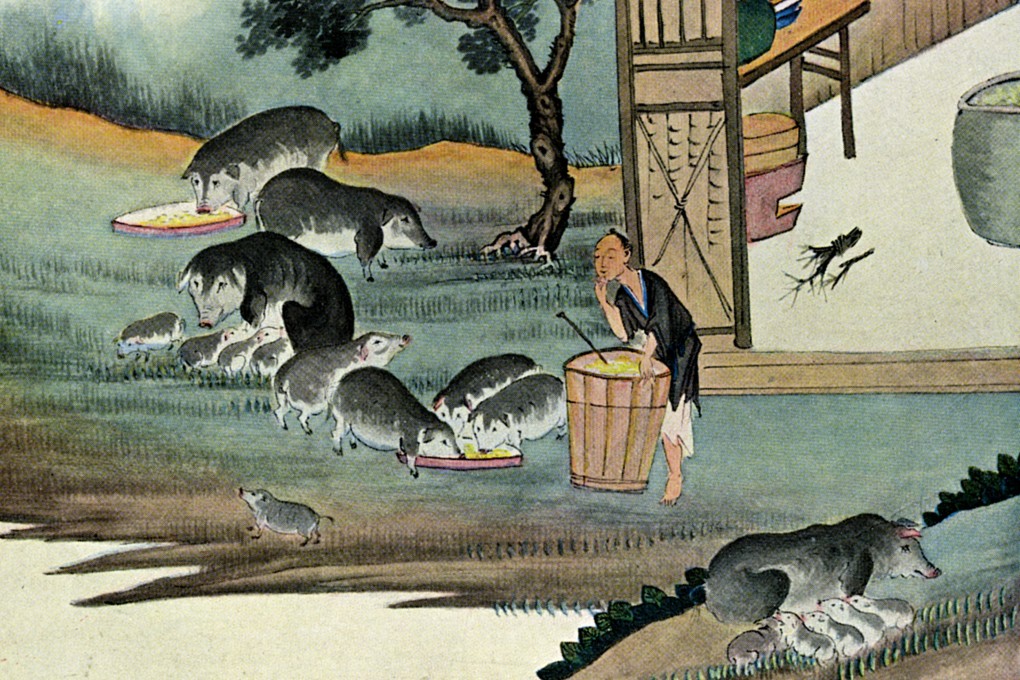The man who can answer any question on China you might have, and why ‘Have you looked in Wilkinson?’ will remain the common response to a Chinese historical query
- When did Chinese food become recognisable as such? What would a 12th century Chinese philosopher have had for breakfast?
- Such an approach to Chinese history and culture – focusing on small matters to answer big questions – have made Endymion Wilkinson a go-to source for decades

Chinese History: A New Manual by Endymion Wilkinson, pub. Harvard University Asia Center
“When it all began it was a very humble thing in the sense that it was my personal notes as a very junior lecturer at London University trying to fill in the gaps in my own knowledge,” says Endymion Wilkinson on a video call from Bangkok, Thailand.
Already the size of a telephone directory by the time of its fifth edition, in 2018, Wilkinson’s perennially popular Chinese History: A New Manual has now expanded still further into two volumes, with newly written introductions to each section, additions throughout, links to much recent scholarship, and new chapters that bring its account forward to the end of the Maoist era.
If you ask slightly unexpected questions on a small detail very soon that leads on to larger questions the secondary sources don’t touch on
So he began to compile his own, which he was later encouraged to publish. The book may have “new” in its title, but the greatly expanded sixth edition arrives just as it prepares to celebrate 50 years in print.